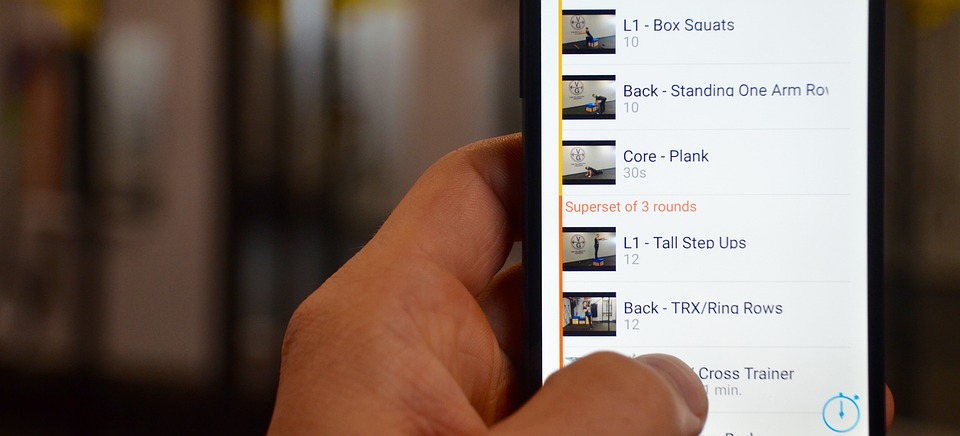
The world of health and fitness apps is more crowded than ever, with hundreds of options available to users on their smartphones and wearables. But with so many choices, how do users choose which app to stick with over the long term? The answer lies in good design, which can play a key role in motivating users to form healthy habits and stick with their fitness goals.
Gamification
One area where design plays a crucial role is in gamification. Gamification involves incorporating game-like elements, such as achievements, challenges, and rewards, into the app experience. When done well, gamification can help users stay engaged with the app over the long term and make forming healthy habits feel like a fun and rewarding experience. For example, an app could reward users with badges or virtual trophies for achieving certain fitness milestones or completing a certain number of workouts in a row.
User Interface
The user interface of health and fitness apps also needs impeccable design that’s simple and responsive. The app should be intuitive and easy to navigate, with clear calls to action and feedback on progress. This is where the Apple Watch API comes in, allowing developers to create interfaces that are optimized for the unique characteristics of the Apple Watch. By leveraging the API, developers can create watch faces and complications that display key health metrics, such as heart rate, steps taken, and calories burned, at a glance. These metrics can help users stay motivated and track their progress towards their goals.
Personalization
Design can also play a role in making health and fitness apps feel personalized and tailored to the individual user. For example, an app could use data from the Apple Watch API to create personalized workout plans based on the user’s fitness level, goals, and preferences. The app could also use data from other health and fitness apps, such as calorie-tracking apps or sleep-tracking apps, to create a more holistic view of the user’s health and wellness. By using this data to create a customized experience, the app can make the user feel more invested in their health journey and more likely to stick with the app over the long term.
A Sense of Community
Finally, some design touches can also help make health and fitness apps feel like a community. This is particularly important for users who are looking for social support or accountability as they work towards their fitness goals. For example, an app could incorporate social features, such as the ability to share workouts with friends or join challenges with other users. By fostering a sense of community and connection, the app can help users feel more motivated and engaged with the app over time.
Conclusion
In conclusion, good design is essential for creating health and fitness apps that motivate users to form healthy habits and stick with their fitness goals over the long term. By leveraging the Apple Watch API, incorporating gamification, personalization, and social features, developers can create apps that are not only functional, but also engaging and fun to use. So if you’re a developer looking to create a successful health and fitness app, be sure to prioritize good design and consider how you can use the Apple Watch API to create an experience that is both personalized and motivating for users.

